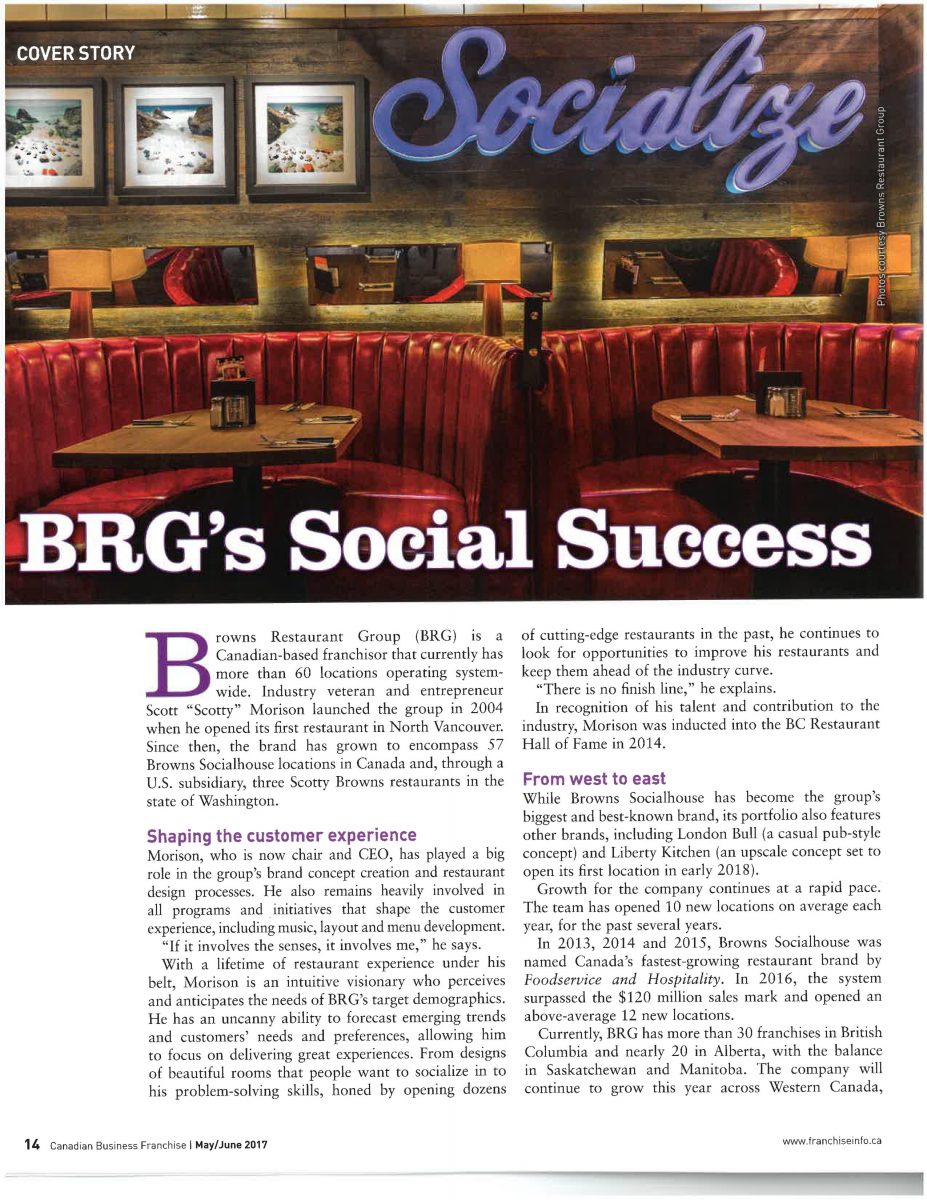"Lighting is an amazing combination of art, craftsmanship, and technology." Get to know the faces…
Contrary to popular thought it is Not Lights Out for Incandescent Bulbs
Contrary to popular thought it is Not Lights Out for the Incandescent Bulb
Incandescent bulbs will be around for a long time regardless of recent legislation by government that prohibits the sale of certain types. The vast majority of incandescent bulbs will not be impacted by this legislation. The obvious and most common bulbs that are affected are the 75 watt and 100-watt bulbs in various shapes. The fact is that many of these bulbs will be replaced with energy saving alternatives like halogen. You do not necessarily have to choose a Compact Fluorescent or LED.
As much as there has been a lot of talk in the past about these legislative changes, it still has come as a shock to the general population as can be witnessed in British Columbia where rules have gone into effect in January 2011. People are confused and upset at the notion that they can no longer buy what they have always bought and are comfortable with. There has been a lot of bad press (much of it not warranted) about the CFL and the generally misunderstood LED bulb.
The idea to legislate inefficient products is a great one, and we fully support it as long as the alternative products are readily available, provide similar light quality and performance, and sell at a reasonable price.
Norburn www.norburnlightingandbath.com is one of the most recognized names for lighting education and a top lamp distributor in the Canadian market and we have been hard at work sourcing energy saving alternatives to incandescent. We are excited by the products we have to offer to date primarily in the halogen and LED category.
There are many incandescent bulbs for which the only alternative is to change the shape or reduce the wattage to something accepted by law (i.e. drop from 60-watt to 40-watt). Virtually all incandescent bulbs are dimmable while most CFL & LED lamps are not and even if they claim they are, they do not dim as nicely as an incandescent bulb.
The legislation does not ban incandescent technology; it sets minimum efficiency requirements for lamps. Many halogen incandescent lamps are available today that pass EISA.

As the lighting market is changing towards newer technologies, buying behaviors need to change. Consumers need to consider key questions when making choices as listed below:
– What is the necessary wattage to replace your existing incandescent bulb?
– What is the color? (usually listed in K°, i.e. 2700 K° (Warm White), 3000 K° (Cooler Warm White), 4100 K° (Cool White), etc.)
– What is the color quality? There is a scale that ranges up to 100 and the higher the score the better the light quality. Incandescent scores 100 so you want to be as close to that as possible. Most alternatives run in the 80 – 95 CRI (Color Rendering Index) range.
– What is the life rating of the bulb?
– Are they dimmable? (if you need that)
– Can they be installed outside?
– Will they work with a motion sensor or photocell (lights turn on when it is dark automatically)?
– Is the bulb approved by Energy Star? This may be important because your local electric utility maybe offering an incentive (i.e. mail in rebate) for CFL & LED alternatives and in most cases, the bulb must be Energy Star approved.
Above are key questions that will help you in making the right chose when purchasing your next bulb.


